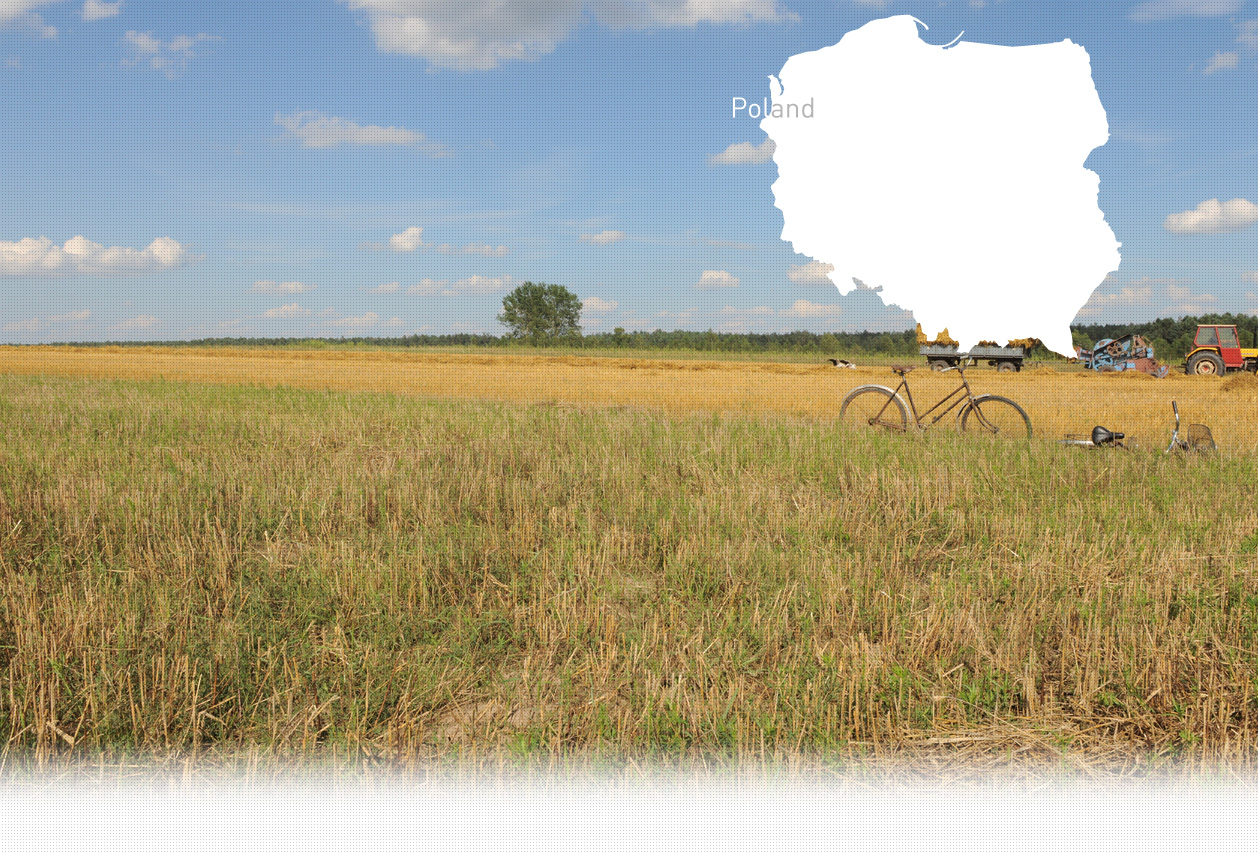

1 Killing site(s)
Irena P., born in 1932: “Once the Nazis stopped transporting Jews, we were curious, so we went to see where the pits were. The scene was horrible! Little pine trees were planted there; they were probably 3 or 4 years old. There was children’s hair; some parts of the bodies went out of the pits. I saw the pits. People were already dead. I was only a child and many years have passed since, but I remember the pit was not smooth. It was covered a little with soil and grass. However, it was not smooth. There were three or four pits.” ( Witness n°189, interviewed in Kleczew, on November, 27th 2012)
“In the forest located between Kazimierz Biskupski and Kleczew, and next to forester’s house Wygoda, many executions of Jews, Poles and others took place between 1939 and 1945. The victims were brought by car. They came from the ghettos of Konin, Zagorow and other nearby villages.
Some of the victims were gassed, others were shot. Corpses were buried here, where the executions took place. They were burned afterwards. Two dates for gathering were established. The first gathering took place on April 15th 1941; the second in February 1944. All in all, 8,000 people - including women, men and children - were killed. A small number of these people were identified:
- Boes Chaja Ruchla (Slesin)
- Boes Szmul Dawid (Slesin)
- Klapisz Ruchel (Wilczyn)
- Klapisz Josek (Wilczyn)
- Klapisz Rojza (Wilczyn)
- Korn Jakob (Wilczyn)
- Korn Trana (Wilczyn)
- Laske Gtla (Zagorow)
- Markus Aoram (Rychwal)
- Markus Baruch (Rychwal)
- Markus Estera (Rychwal)
- Markus Jozef (Rychwal)
- Rachwalska Mariem (Slesin)
- Rachwalski Mojzese (Slesin)
- Slezakowa Aniela (Golin)
- Witkowski Jojne (Kleczew)
Source: AGK, Ankieta GK « Egzekucje », pow. Konin, woj. Poznanskie; AGK, ASG, sygn. 26, k. 97-107; Sad Powiatowy Konin, akta Ns 140-141/56, 6-8/51, 187-188/56, 155/55, 138-139/56, Zg 83/47, Zg 48/47. ]
Kleczew is a town located 100 km east of Poznań. The first records about the Jewish community dates back to the early 16th century. By 1765, 262 Jews lived in the village. In 1852, a synagogue was built. After the war it was transformed into the city cinema. In the 19th-20th centuries, Jews comprised from 40 to 60% of the total population. The majority of them lived off of business and craft. In 1919, 20 firms out of 34 in Kleczew belonged to Jews. There were many tailors among the Jews. The village was occupied by Germans in September 1939.
Immediately after the occupation all Jews were marked with armbands bearing the Star of David. Jewish houses and shops were marked as well with the word ‘Jude’. The Jews fit to work were subjected to perform forced labour, such as cleaning of Kleczew and the surrounding area. The Jewish cemetery was destroyed and the tombstones were used to pave the sidewalks. In July 1940, all the Jews of Kleczew, along with the Jews from the district of Konin, were deported to the ghetto of Zagorow which numbered 2,000 inmates. The extermination started in October of 1941, when part of the Jewish inmates were killed in the forest located between Kleczew and Kazimierz, next to Kazimierz Biskupski, while another part was deported to the death camps of Chelmo and Auschwitz. There was another execution site close to the Nieslusz – Ruzica – Goslawice forest where the majority of Jews were murdered during the liquidation of the ghetto. The pits located close to Wygoda were dug by the Jews themselves. The Jews were taken to the shooting site in gas vans. While some were gassed to death in vans, others were murdered on the spot. One of the pits was filled in with lime where the victims were forced to jump. After a while, before the retreat, the Germans unburied and burned the bodies as part of the Operation 1005 in order to hide their crimes. According to experts, 8,000 Jews were killed in Kleczew.
Do you have additional information regarding a village that you would like to share with Yahad ?
Please contact us at contact@yahadinunum.org
or by calling Yahad – In Unum at +33 (0) 1 53 20 13 17